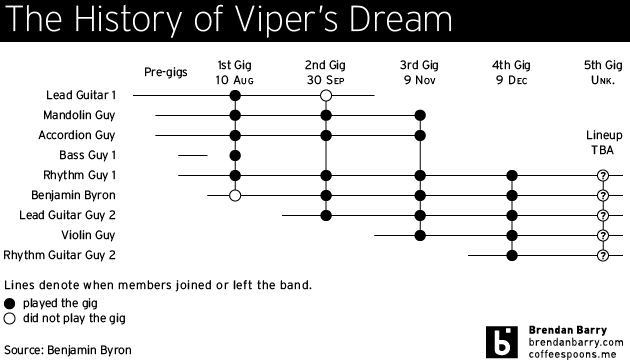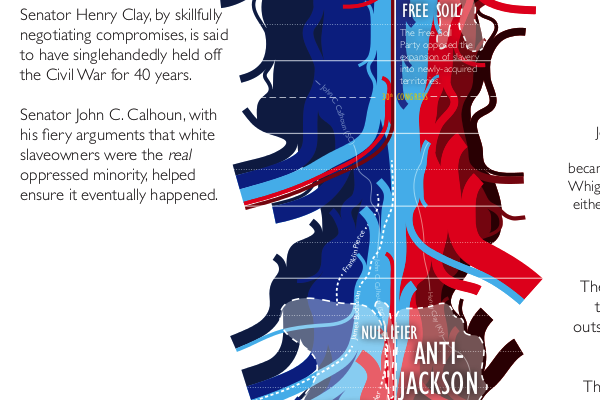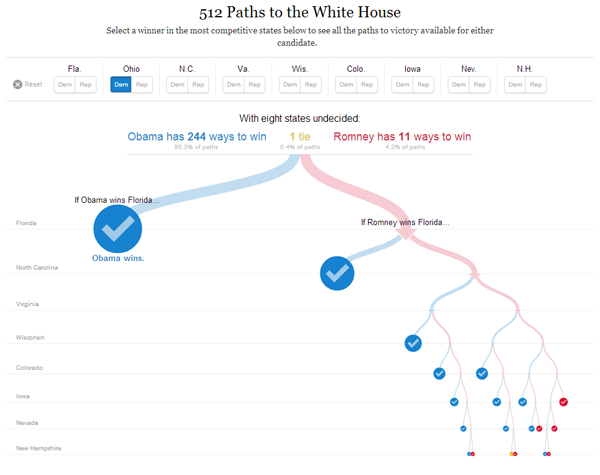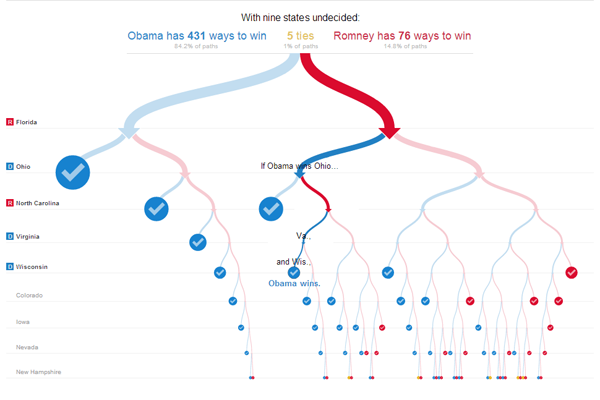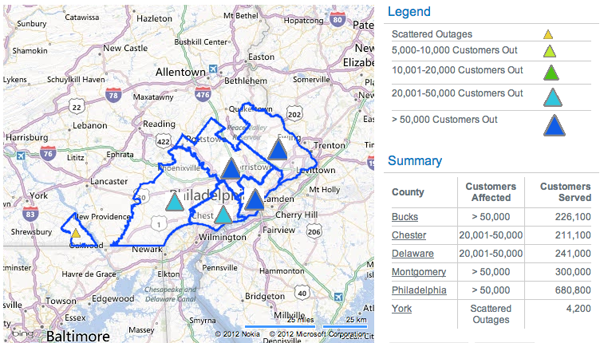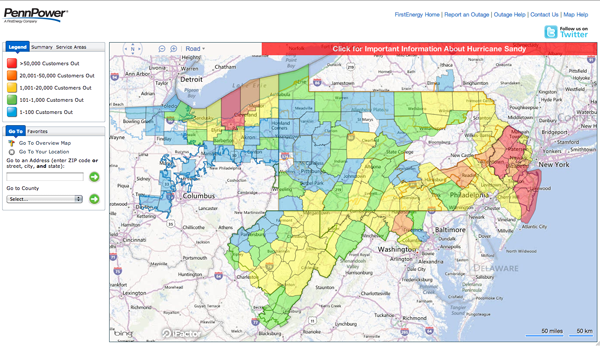On Thanksgiving, the Economist published an interactive map that looked at Mexico across three metrics: murders, murder rates, and population. Mexico is one of the more populated countries in the world, but it is also one of the most dangerous. In the middle of the previous decade, the Mexican government began to crack down on the drug cartels. But the cartels have violently resisted. Very violently.
The map is nothing new. It labels different Mexican states by comparing their statistics to those of countries across the world. For example, the state of Chihuahua in northern Mexico, one of the “fronts” of this new drug war, has a population of 3.41 million people. The total number of murders so far this year is 2,350. That is only six murders fewer than in the entire country of the Ukraine. Did I mention the population of the Ukraine is over 45 million. More than ten times the size of Chihuahua. And the comparisons go on, though as the map clearly points out the distribution is not uniform.

In terms of interactivity, a nice little feature is the filtering of the map by the legend at the bottom. Hover over one of the bars and only those areas appear coloured in the map.



